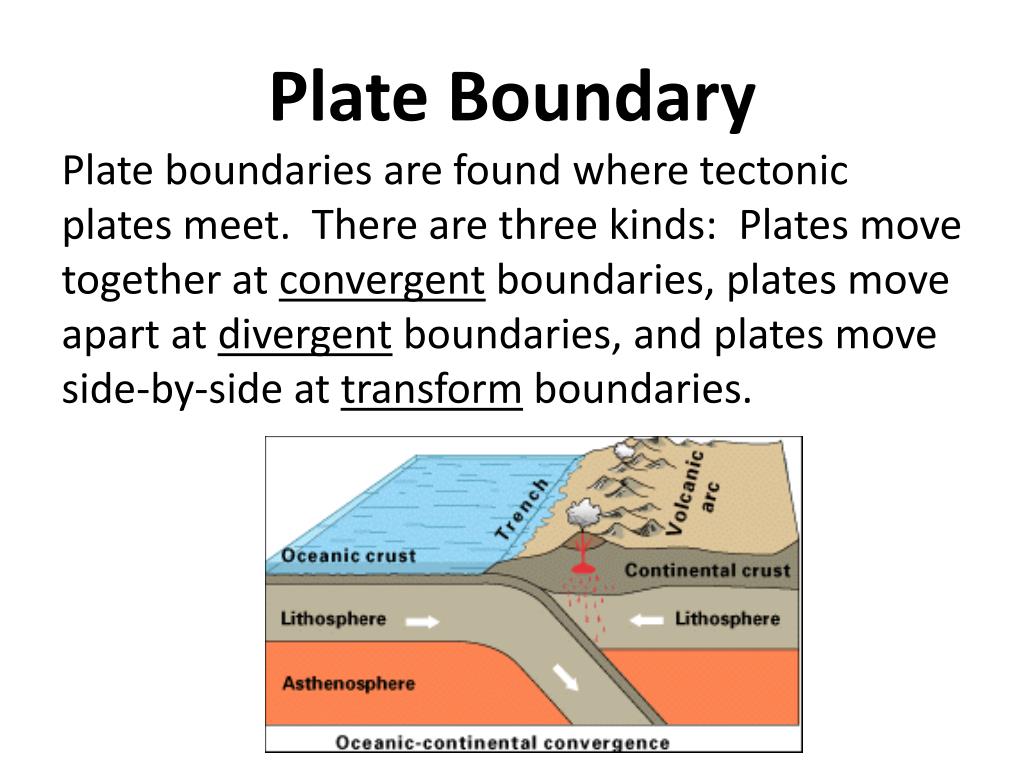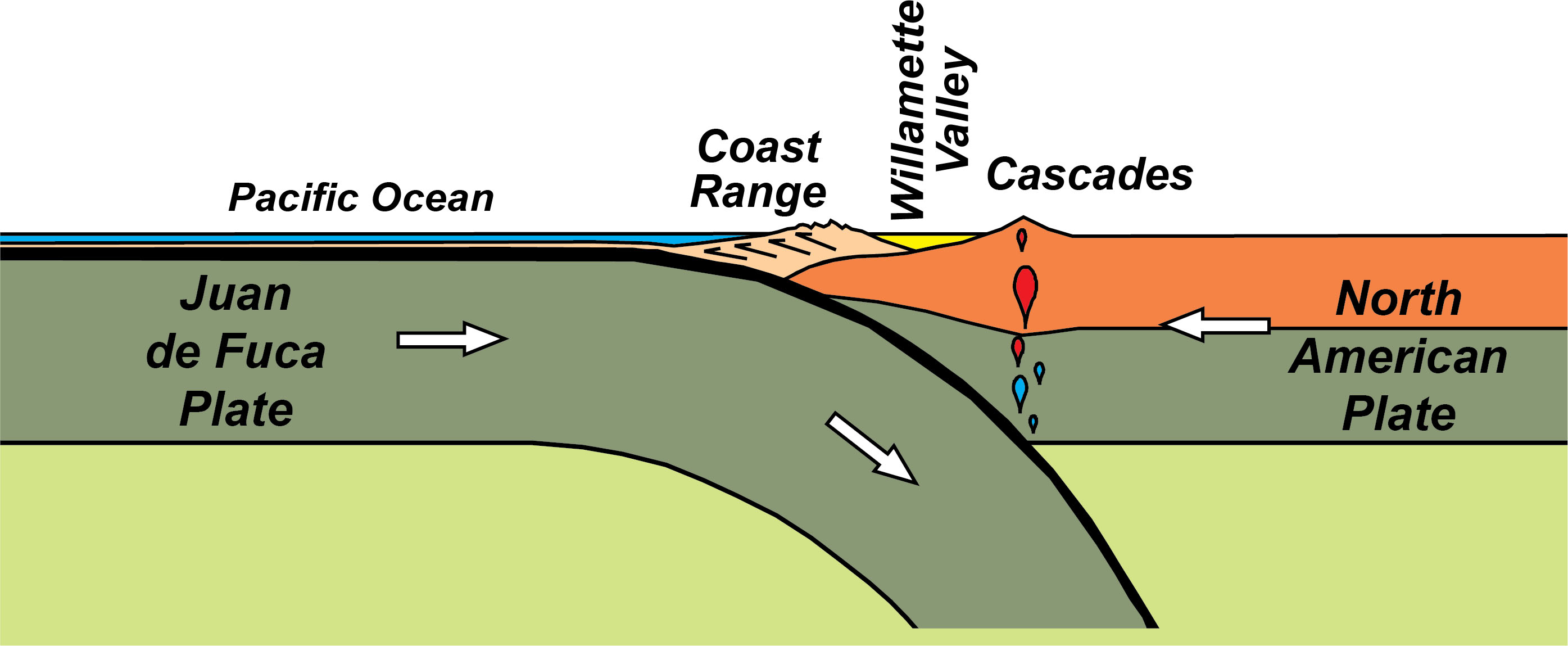


Even though the Oceanic Crust is thinner than the Continental Crust, the Oceanic Crust is denser than the Continental Crust (by 0.2 grams per cubic centimeter) due to the minerals in the Oceanic Crust (they are dense because they are made from the plentiful iron, calcium, and magnesium in the Oceanic Crust).Ī boundary is defined as a location where plate tectonics "meet". The Oceanic Crust is mostly compromised of sima, which are mafic rocks (Rocks that have a lot of magnesium and iron in them). It is the lowest layer, overlying the upper mantle.

Oceanic Crust - This crust is the part of the Earth's lithosphere that covers up all the ocean basins on Earth.The Continental Crust makes up 1/3 of the Earth's surface. Sial makes up the majority of continental crusts, which plays a role in its lightness (meaning that the continental crust is lighter than dense, though it is thicker than the Oceanic Crust). Continental Crust - This crust is composed of various types of rocks (igneous, sedimentary, and metamorphic rocks) which is sometimes equated to the word, sial (which are felsic rocks: Rocks that contain a lot of silica), meaning: "Silicon and Aluminum".This diagram depicts the thick, light Continental Crust, and the thin, dense Oceanic Crust Continental Crust what? Oceanic and Continental? What do you mean? These jigsaw pieces (tectonic plates) differ in their crusts, as some have oceanic and continental crust, while others have only an oceanic crust. Tectonic plates are like the pieces of a jigsaw puzzle, the jigsaw puzzle being the lithosphere. For instance, the Pacific Plate, one of Earth’s largest tectonic plates, includes convergent, divergent, and transform plate boundaries.A tectonic plate is the crust of the planet that is divided by fault lines, all oceanic and continental rock is part of of a tectonic plate down to and including the upper mantle, this is what is known as the lithosphere. A single tectonic plate can have multiple types of plate boundaries with the other plates that surround it. A well-known transform plate boundary is the San Andreas Fault, which is responsible for many of California’s earthquakes. A transform plate boundary occurs when two plates slide past each other, horizontally. In fact, scientists know more about the surfaces of some of the other planets in our solar system than they do about ocean ridges. Because ocean ridges are found underwater, often at great depths, they can be hard to study. One example of a ridge is the Mid-Atlantic Ridge, an undersea chain of mountains that formed as two pairs of tectonic plates spread apart: the North American Plate and the Eurasian Plate in the north, and the South American Plate and the African Plate in the south. This feature forms as magma escapes into the space between the spreading tectonic plates. A divergent plate boundary often forms a mountain chain known as a ridge. One such chain of volcanoes can be found on the western coast of the United States, spanning across the states of California, Oregon, and Washington. When subduction occurs, a chain of volcanoes often develops near the convergent plate boundary. These trenches are some of the deepest places in the ocean, and they are often the sites of strong earthquakes. When this process occurs in the ocean, an trench"> ocean trench can form.

This process, called “subduction,” involves an older, denser tectonic plate being forced deep into the planet underneath a younger, less-dense tectonic plate. In some cases, however, a convergent plate boundary can result in one tectonic plate diving underneath another. Typically, a convergent plate boundary-such as the one between the Indian Plate and the Eurasian Plate-forms towering mountain ranges, like the Himalaya, as Earth’s crust is crumpled and pushed upward. Each of these types of plate boundaries is associated with different geological features. For example, sections of Earth’s crust can come together and collide (a “convergent” plate boundary), spread apart (a “divergent” plate boundary), or slide past one another (a “transform” plate boundary). There are many different types of plate boundaries. Volcanoes are also often found near plate boundaries because molten rock from deep within Earth-called magma-can travel upward at these intersections between plates. When Earth’s tectonic plates grind past one another, enormous amounts of energy can be released in the form of earthquakes. Plate boundaries are important because they are often associated with earthquakes and volcanoes. That is because its outer surface is composed of about 20 tectonic plates, enormous sections of Earth’s crust that roughly fit together and meet at places called plate boundaries. In some ways, Earth resembles a giant jigsaw puzzle.


 0 kommentar(er)
0 kommentar(er)
